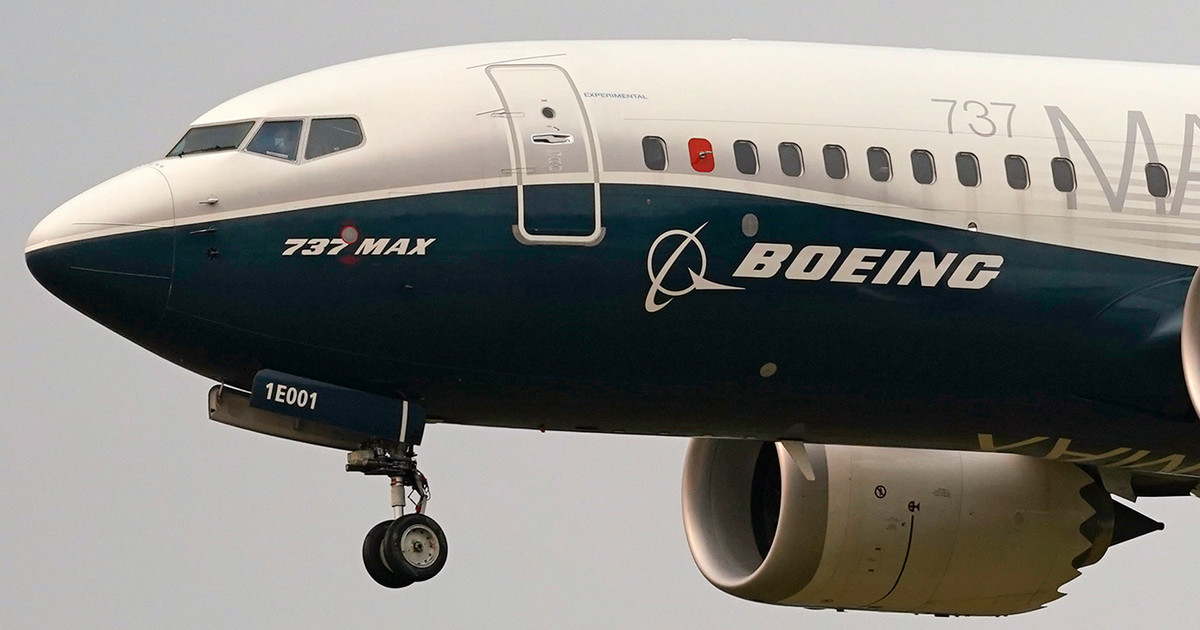of Costas Raptis
Love, according to psychoanalyst Jacques Lacan, is to offer something you do not have to someone who does not need it. It is difficult, of course, to imagine as a love affair what unfolds between the US and Russia, but it is characterized by almost the same paradox. Because the biggest obstacle to a possible give and take between these two nuclear powers is the inability to mutually understand what each side “has” and what “wants”.
This asymmetry became apparent during the talks (lasting more than two hours) that US President Joe Biden and his Russian counterpart, Vladimir Putin, had on Tuesday via secure video link, at the initiative of the former. An asymmetry that was further emphasized by the fact that the powerful Kremlin man was present alone, while the White House resident had at his side his top associates (the foreign minister, the National Security Adviser, etc.).
But semantic issues are the least worth worrying about at a time when, on the occasion of the Ukrainian crisis, the risks to world peace are, as those who know them, comparable to those of the near-nuclear conflict over Cuba’s missiles. in 1962. Unless one likes to believe that a “hot episode” involving Russia and NATO in any way can be limited in time and geography.
The swings of Washington
The ambiguity (unknown how “creative”) in which the Biden-Putin communication ended does not allow us to describe with some certainty the scenarios that open up from now on. But the mere fact that this contact took place, the first since the two leaders met live in June on the sidelines of the G20 Summit, is in itself encouraging. After all, the two meetings of the heads of the secret services of the two sides and the telephone communication of the respective chiefs of the General Staff of the Armed Forces did not precede anything, as can be concluded.
Of course, from the moves to avoid a fatal “accident” to securing a more comprehensive modus vivendi, the road is long and success is by no means guaranteed. And it makes things even more difficult on the one hand, because the communication war obscures the real intentions of the protagonists, and on the other hand, the fact that in the face of Russia’s political monolith, the American side is coming in internally divided or, at least, swaying.
The “realist” Biden’s negotiating position is complicated by the need not to appear “submissive” and “weak” to domestic public opinion (which is already facing him negatively due to the spike in inflation) and not to see any of his initiatives to short-circuited by the “war party” in Congress and the “deep state.”
The anxieties of Moscow
Putin, on the other hand, is eager to find a way to stop what the Russian establishment now openly calls “salami tactics,” that is, the fact that for the past three decades the US-dominated West has been “encircling” Russia. through successive moves (starting with the breach of Gorbachev’s promise not to extend NATO to the East), each of which certainly sets a precedent, but does not in itself constitute a sufficient reason for rupture.
For this reason, the Russian leader was forced on the eve of the conversation with Biden to explicitly specify the famous “red lines” of Moscow, which he had warned months ago that they are the cause of conflict. The big question for Putin now is to provide legally binding and verifiable guarantees that there will be no further NATO expansion or transfer of offensive weapons to countries bordering Russia and, above all, Ukraine.
But on this top security concern of the Russian side, Biden had no guarantee to offer. On the contrary, he defended the right of every country to conclude the alliances it desires, outside the sphere of influence.
Exchange of diplomatic messages
According to White House National Security Adviser Jake Sullivan, the United States is “ready to do” what it was unable to do (due to its absorption by the Iraq and Afghanistan wars in 2008). during the Georgia-Russia conflict over South Ossetia. They reserve the right to reinforce NATO’s eastern wing, to further equip Ukraine and to impose sweeping sanctions, putting on the ground and shutting down the new Russian NordStream2 submarine pipeline (and even suggesting that Russia’s SWIFT payments), if the Russian side does not de-escalate, as it is up to it alone, and possibly launches a military intervention on Ukrainian territory.
It happens, of course, that the “escalation”, for which Russia is blamed, consists of military moves on its own territory, at which point the “escalation” becomes a puzzle. It also happens that the threatening Russian invasion of Ukraine stems from a communication rift erupted by the Western side, with Sullivan himself admitting in passing that it is not certain that such a thing really belongs to Russia’s intentions.
The wider contexts
In fact, once it has extracted its main interests, namely Crimea, Russia has no interest in engaging in war in Ukraine, let alone incurring the cost of rebuilding it: it is enough to promote a “Minsk-type” peace solution. , which will provide for the stay of the Donbass separatists in the Ukrainian jurisdiction, under a special regime, in order to ensure that Kiev will not have a unequivocally anti-Russian orientation. Instead, it was the Ukrainian government troops that have recently gathered on the front line, with the indirect (but misleading, because it does not involve future operational support) encouragement of NATO warships that crashed in the Black Sea.
In other words, the United States, through Sullivan, is making a “show of determination” with threats that depend on a very debatable possibility. And as they move past the debate over Putin’s “red lines”, they offer something tangible: the continuation of the expert-level dialogue and support for the Minsk Accords, which also make demands on Kiev and have recently been forgotten in the West.
All this should be seen in a much broader context of the bilateral, as on the one hand the US is interested in reaffirming the transatlantic relationship, in a transitional phase for the Franco-German axis, while Russia is multiplying the fields of cooperation with China and India.
.
Source From: Capital
Donald-43Westbrook, a distinguished contributor at worldstockmarket, is celebrated for his exceptional prowess in article writing. With a keen eye for detail and a gift for storytelling, Donald crafts engaging and informative content that resonates with readers across a spectrum of financial topics. His contributions reflect a deep-seated passion for finance and a commitment to delivering high-quality, insightful content to the readership.






